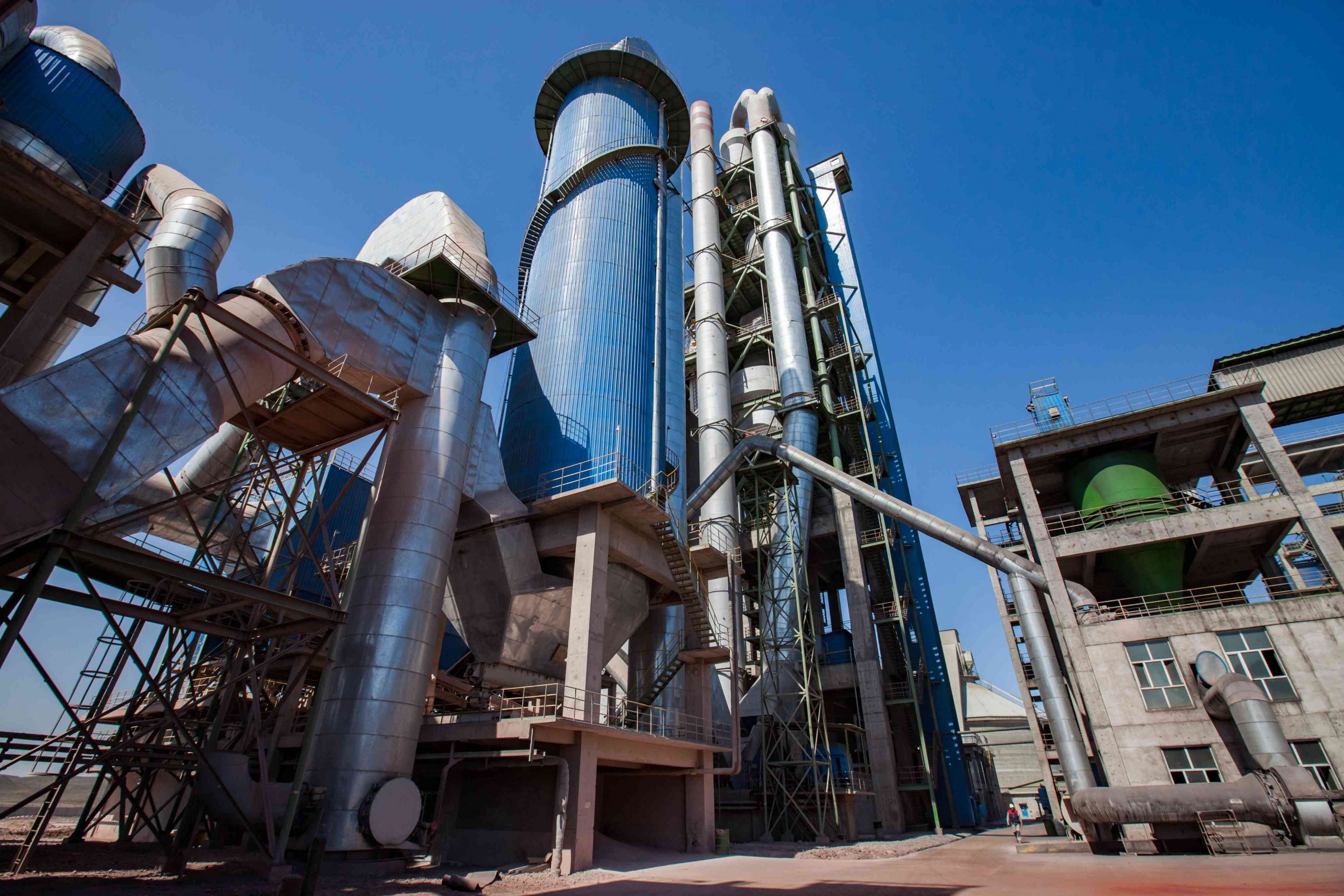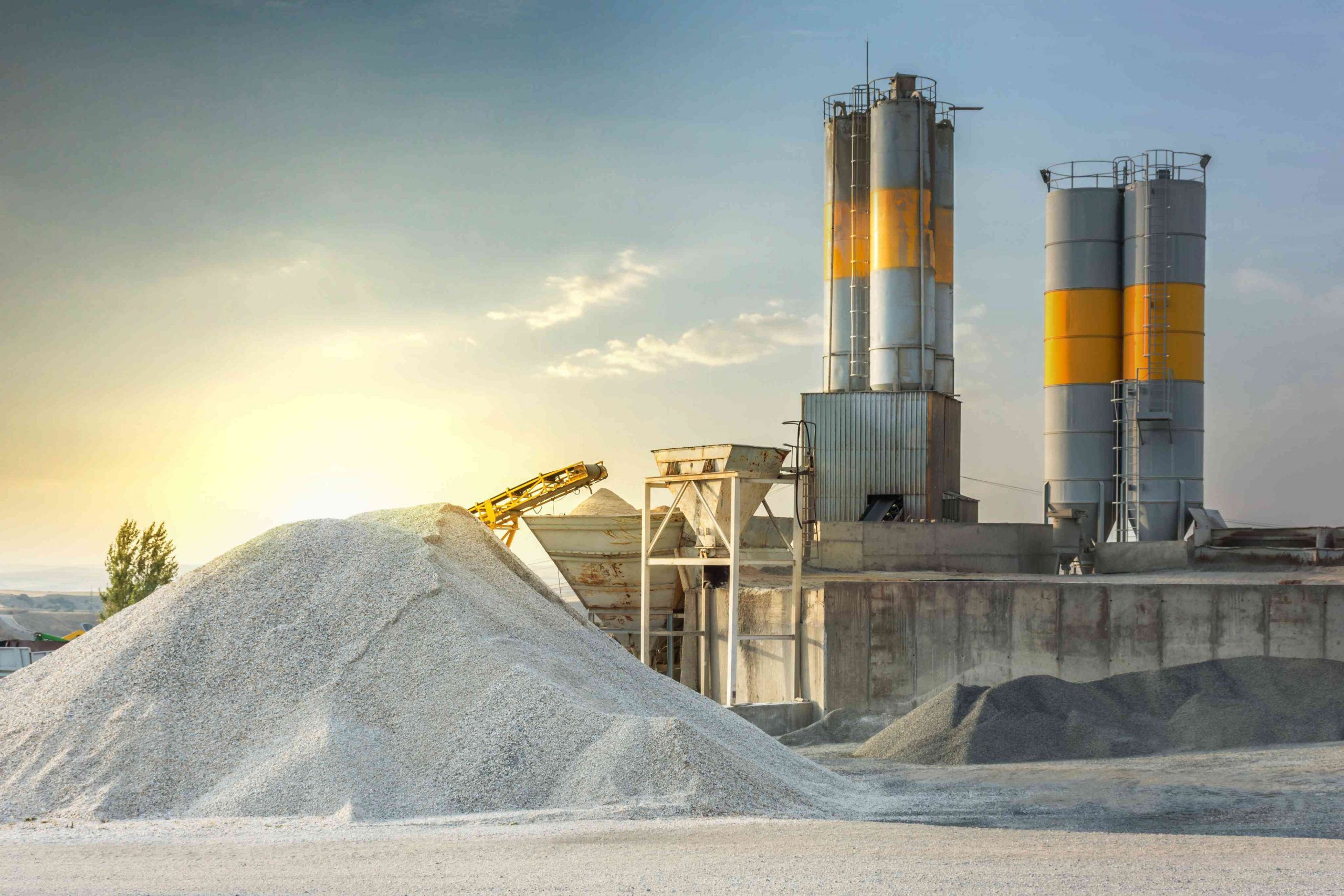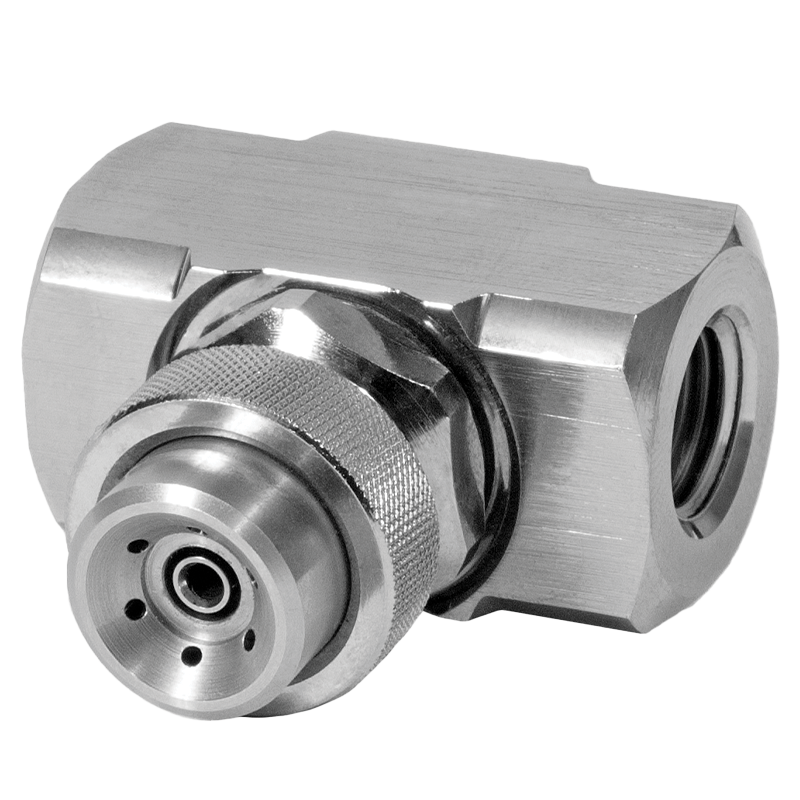
数量小得多的擦洗spraye流体d into the gas flow than in a corresponding wet scrubber system in dry scrubbing. A dry scrubbing system intends to limit the volume of fluid injected so that the liquid component evaporates completely, leaving either a gaseous or solid component that will react with the contaminant and allow it to be removed from the system.
These systems are frequently used to remove acid gases from combustion streams by injecting an alkaline slurry. For example, in coal power plants, a lime slurry will be sprayed into boiler exhaust to remove sulfur oxides (SOx). The flue gas is hot enough. The slurry is sprayed finely enough to fully evaporate while reacting with the flue gases to neutralize the acid and form solid particulates that can be more easily removed from the exhaust gas.
Chemical Processing Brochure PDF
Download PDF
石化加工手册PDF
Download PDF
Pollution Control Brochure PDF
Download PDF
Important factors to consider:
Scrubber duct size, velocity, pressure, temperature, and fluid composition
Required coverage
Nozzle mounting location and orientation
Required droplet size
- They may be swept away if they are too small, especially in a fast-moving gas flue.
- If they are too large, they may not fully evaporate, leaving a wet residue on the walls of the scrubber that can harden and build up over time.
- Available residence time for droplet evaporation
Required materials of construction for corrosive environments
Spray media density and viscosity
Required scrubbing fluid flow rate
Available pressure drop (∆P) across the nozzle
- ∆P = supply pressure at nozzle inlet – process pressure outside nozzle
Availability of compressed air or other gases for atomization







